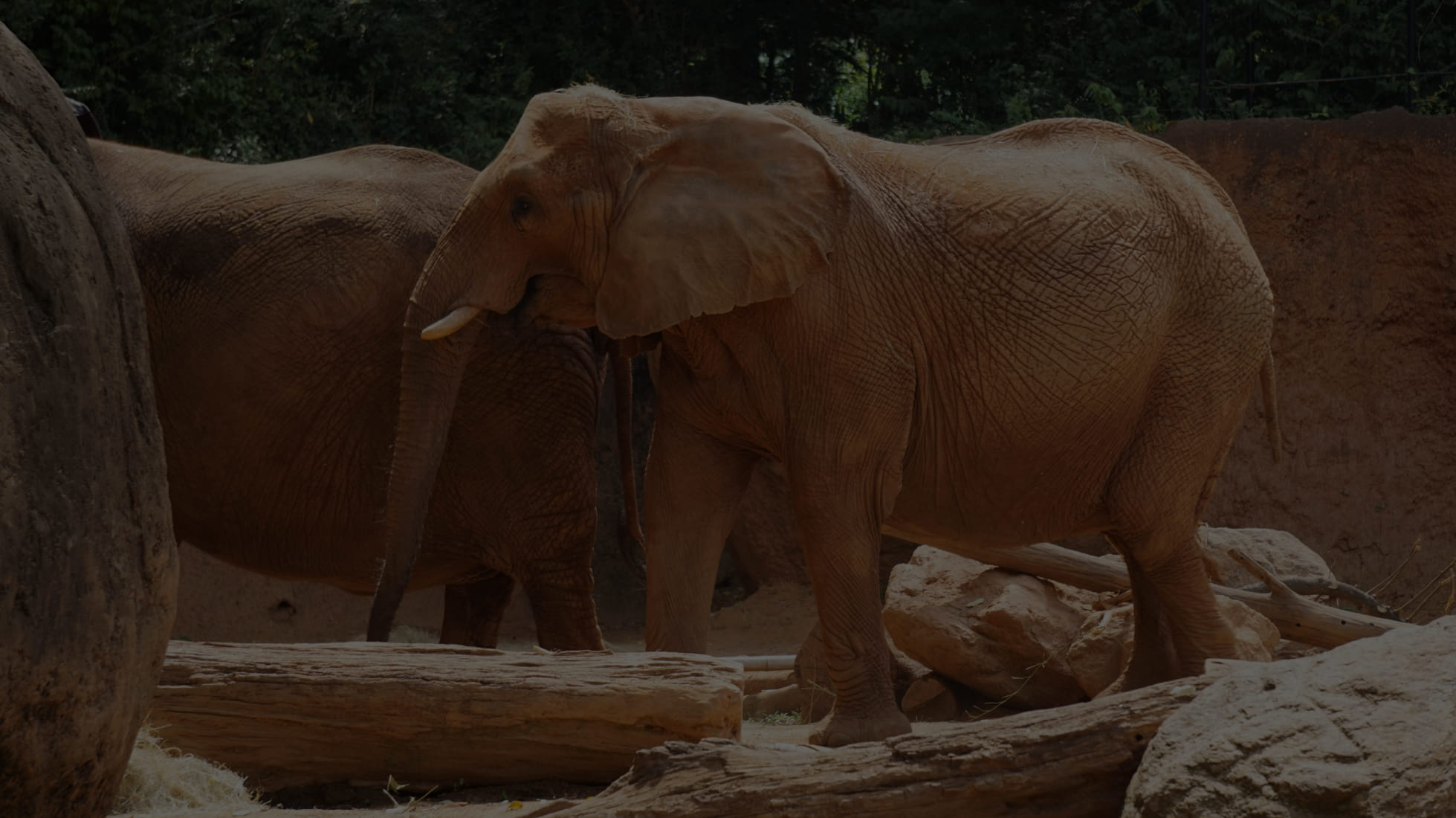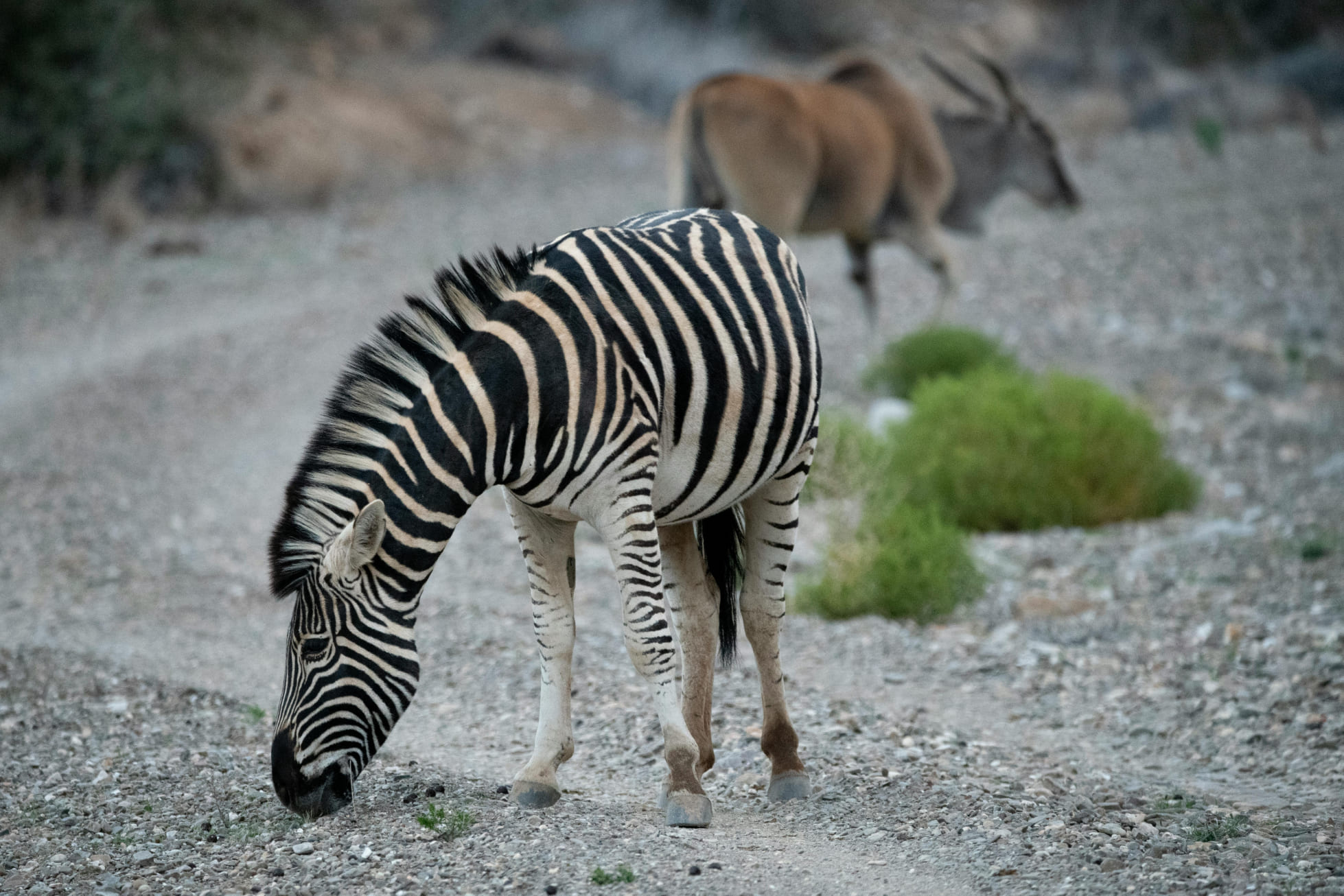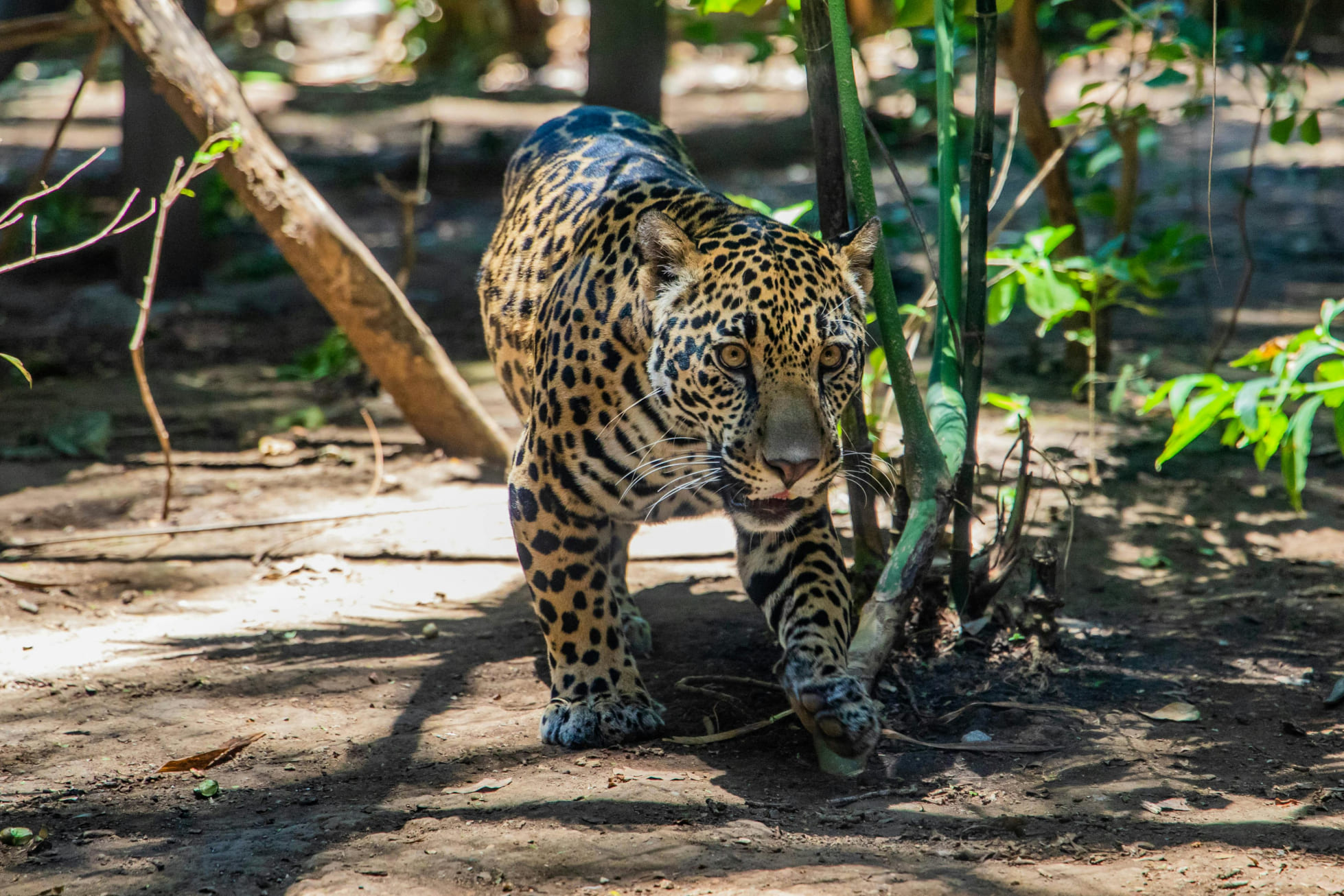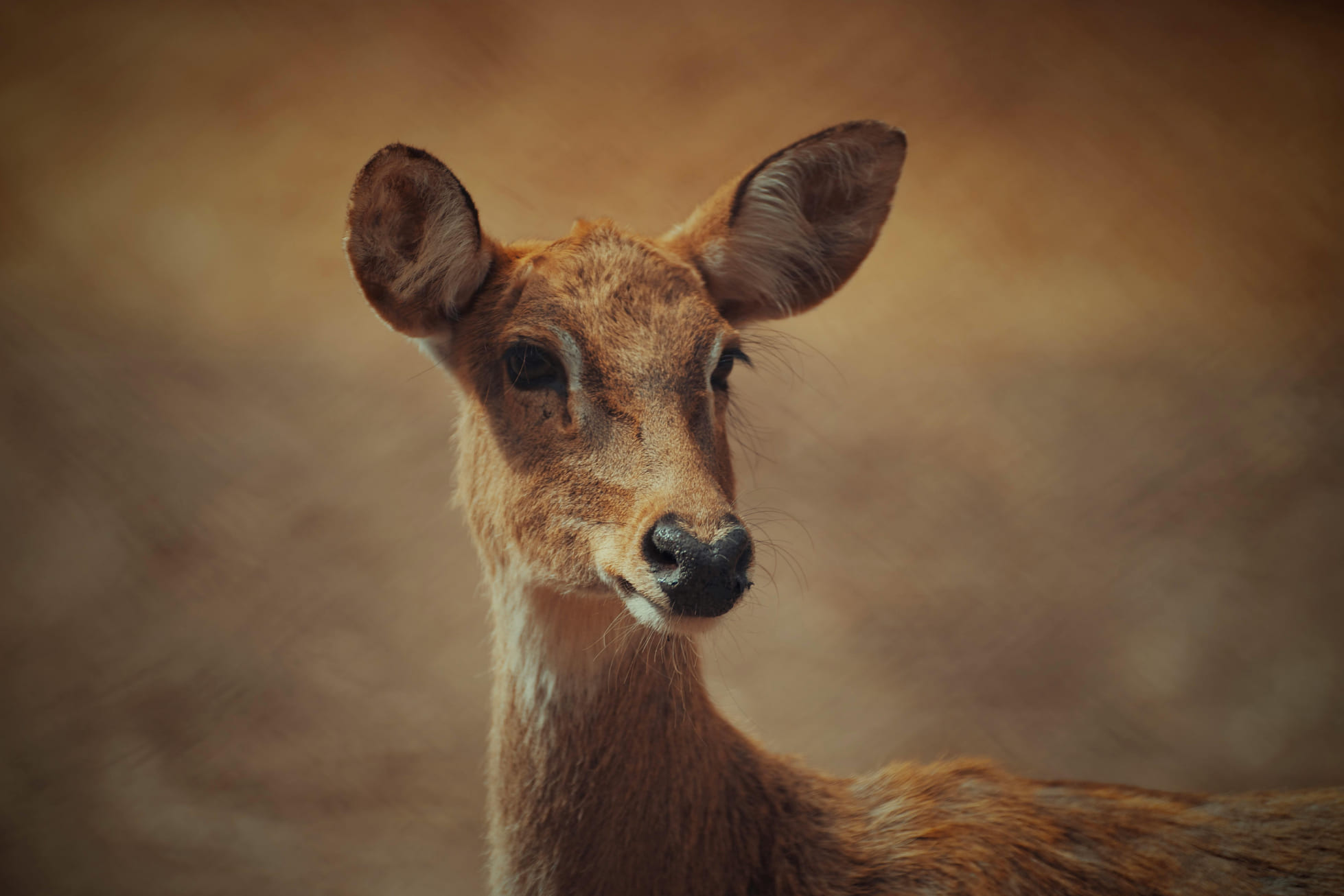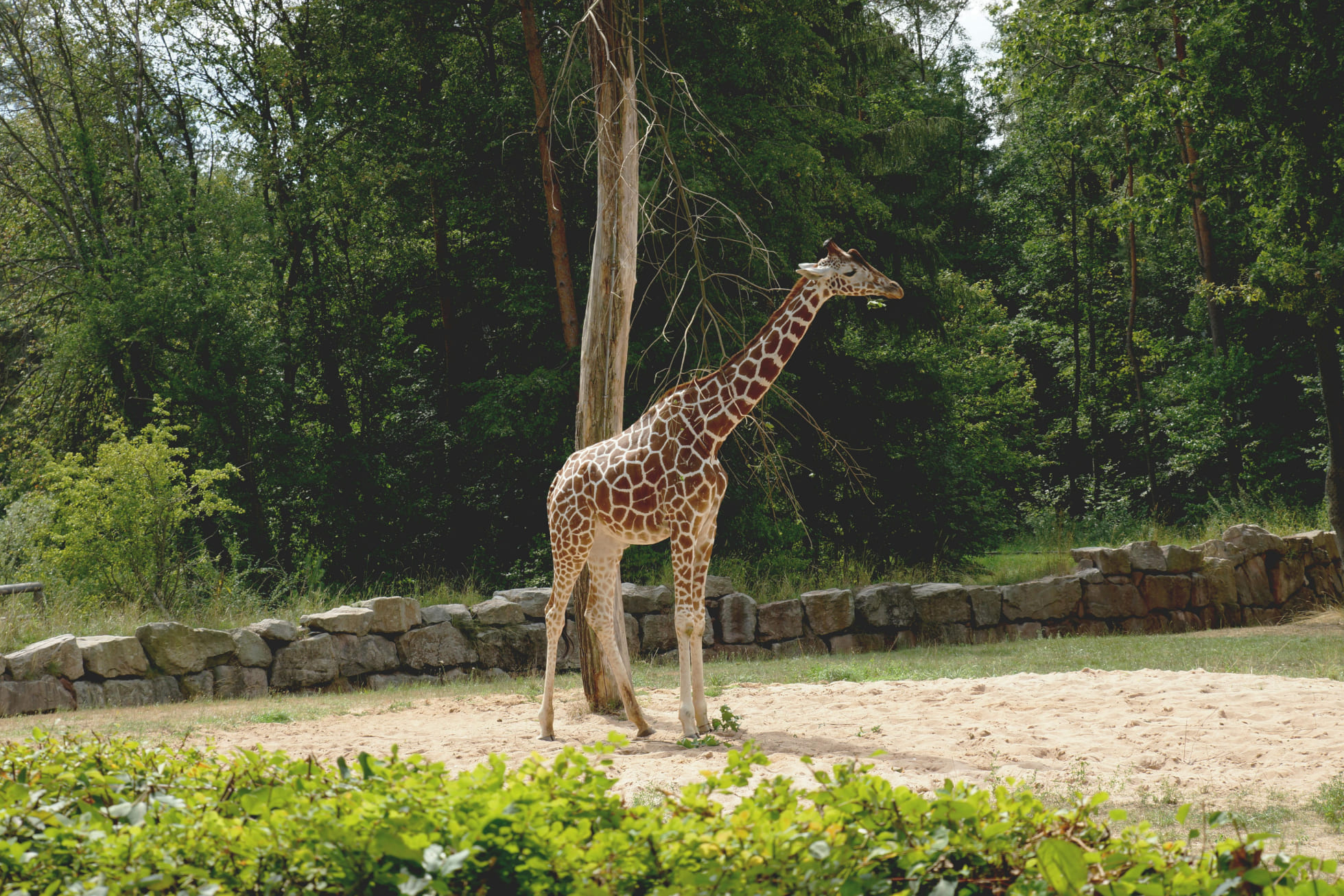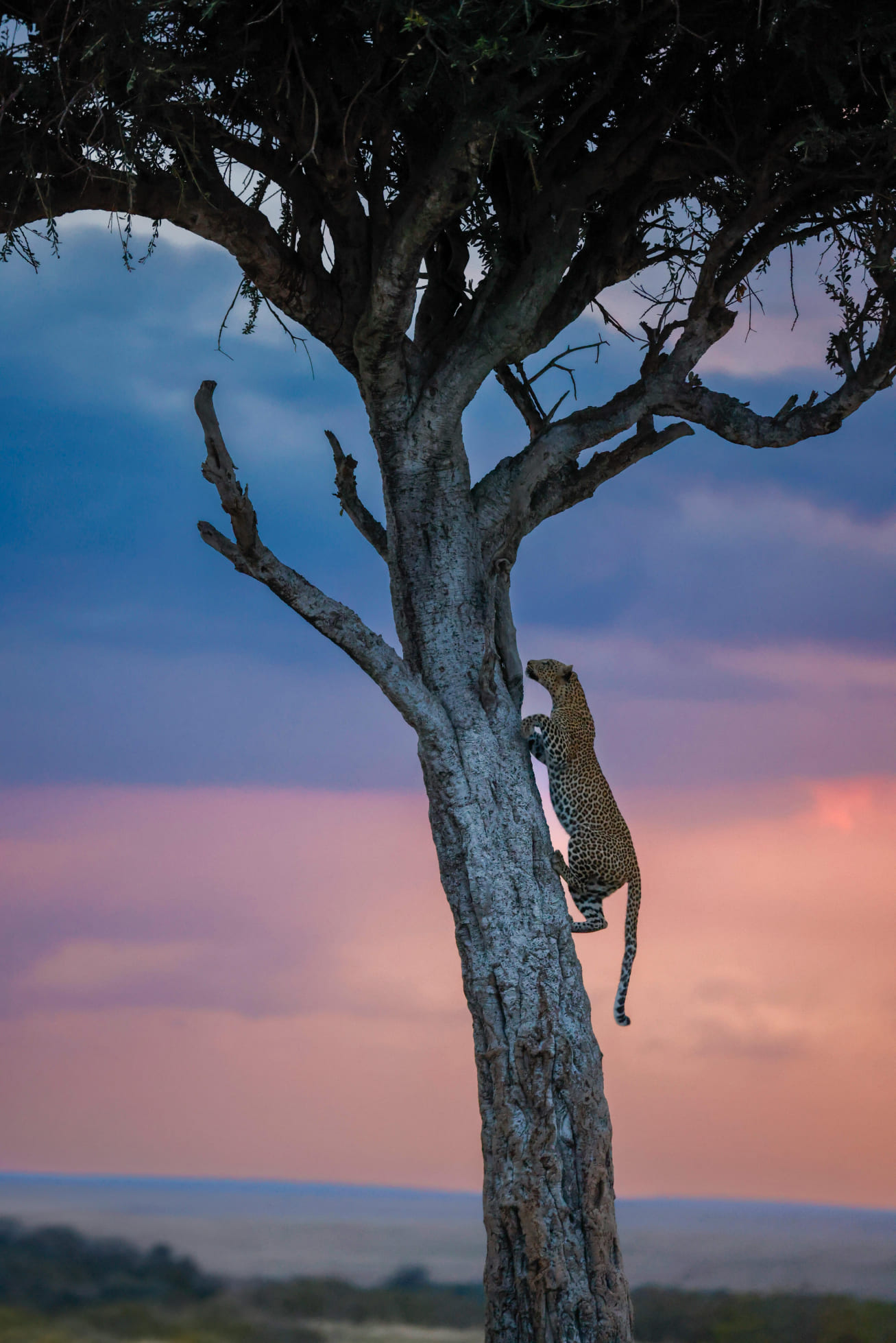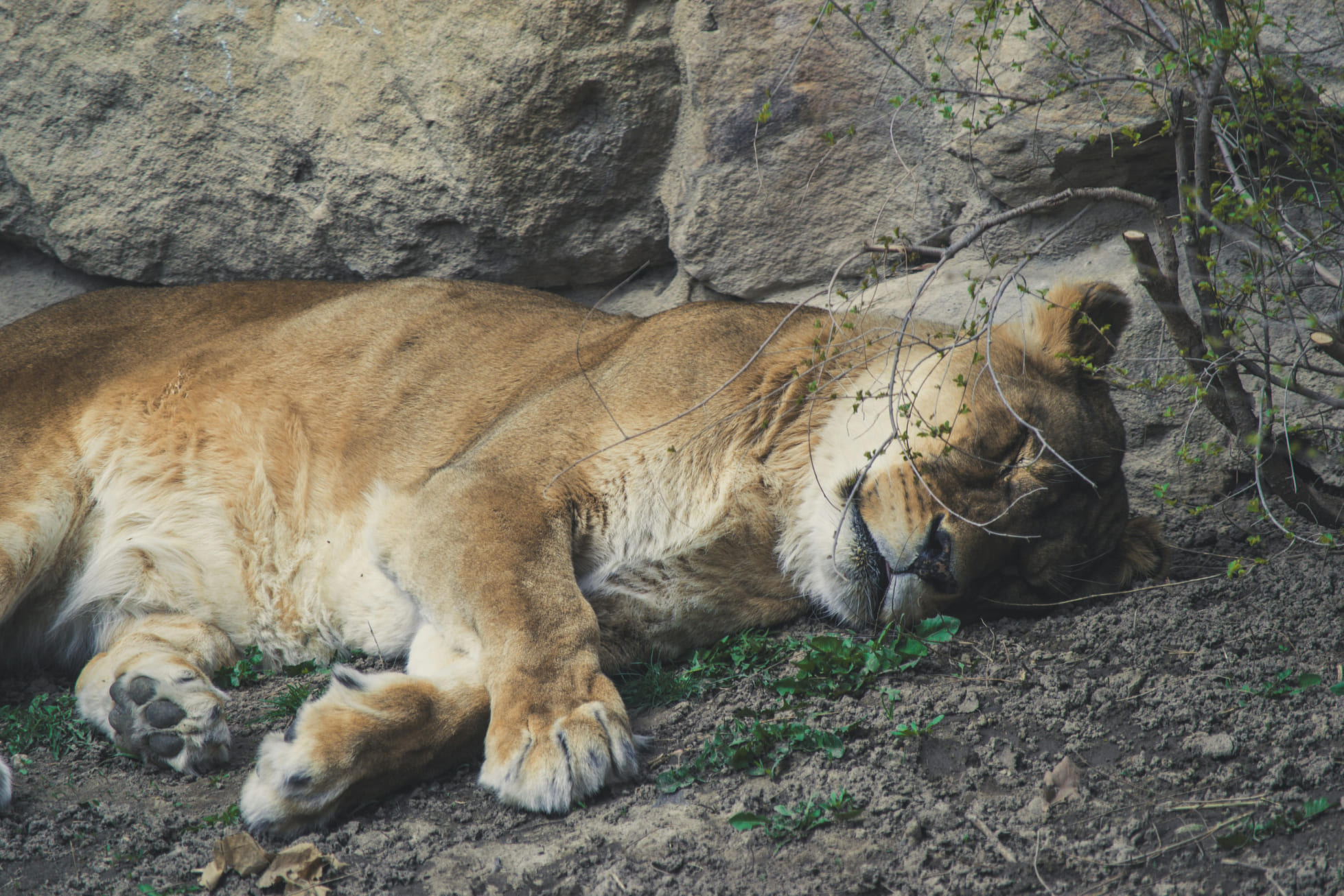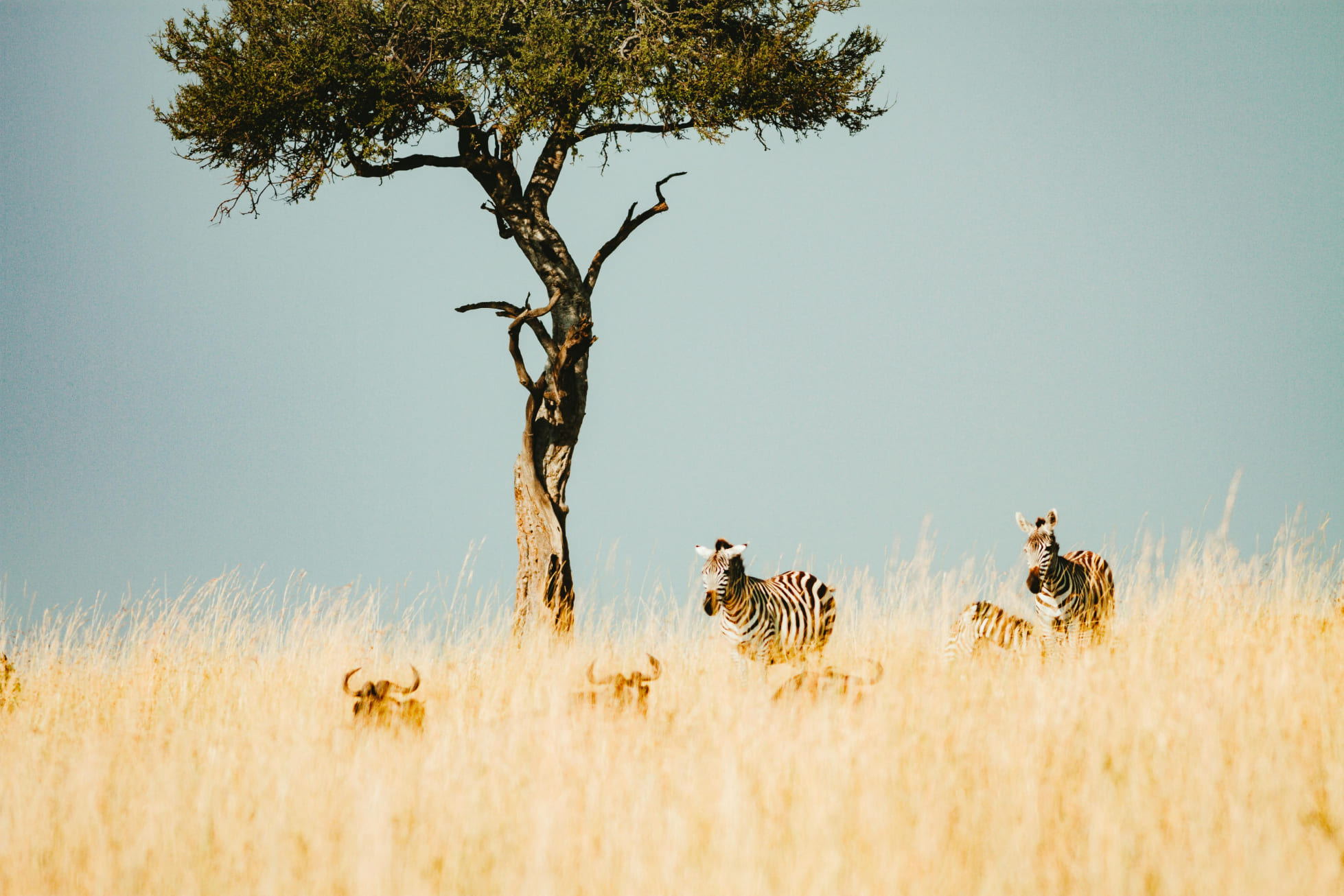
Welcome to ZooLife
More About Us
The zoo is home to a wide variety of animals from around the world, including exotic species from Africa, Asia, and South America.
The animals in the zoo are housed in spacious enclosures that closely mimic their natural habitats, providing comfort and safety.
Endangered Mammals
Several endangered mammal species, such as rhinos and snow leopards, live in the zoo as part of efforts to conserve these majestic creatures.
Our History
What we do
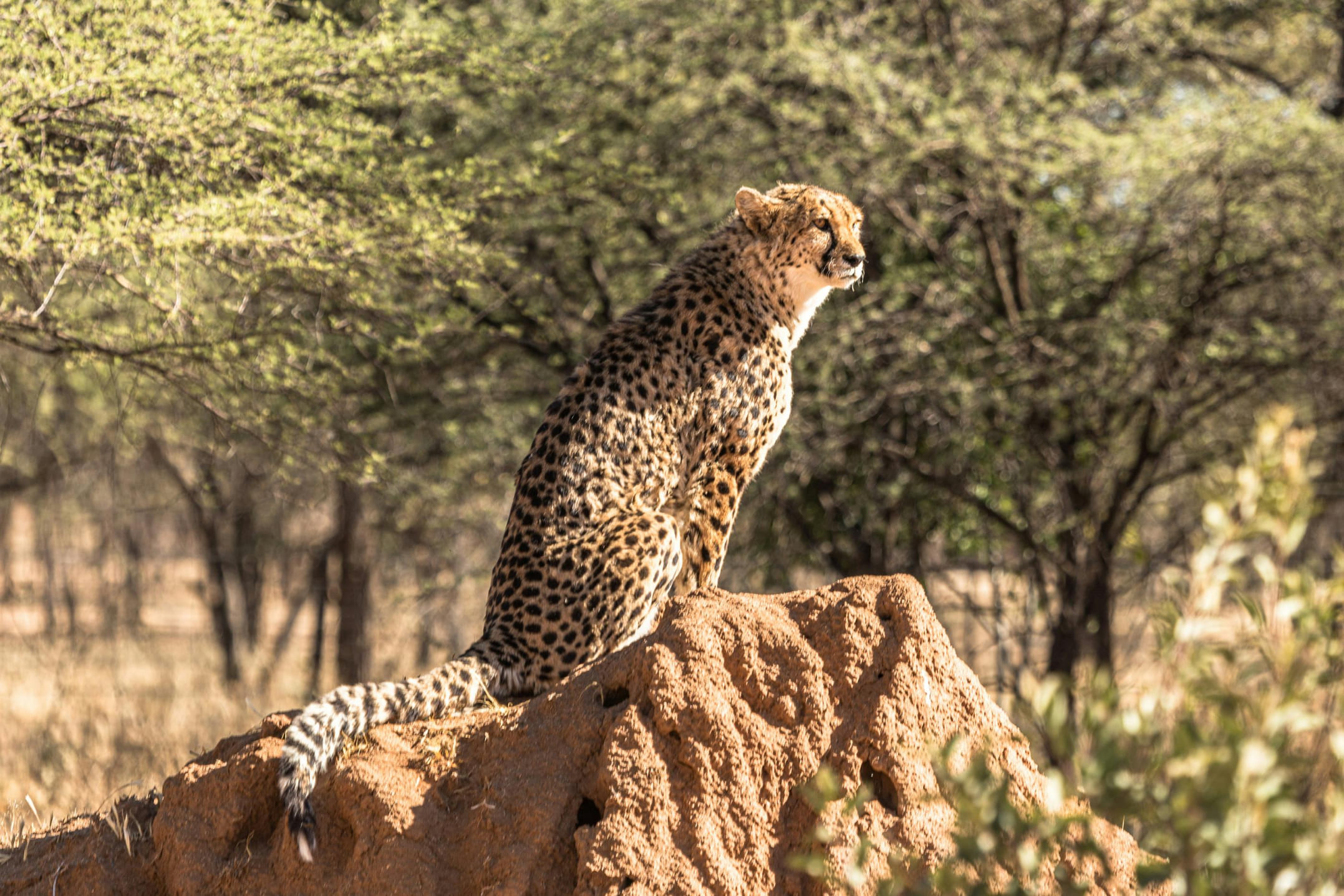
Our Mission
Abous us
The zoo’s bird collection is diverse, showcasing everything from birds of prey like eagles and falcons to colorful parrots and exotic flamingos.
FAQ
Frequently asked qaestions
Testimonials
what clients say
I recently visited the safari park, and it was an unforgettable experience! From the moment we entered, the excitement was palpable. The park is beautifully maintained, and the animals are well cared for. I was particularly impressed by the variety of species, from majestic lions to playful monkeys. The guided tour was informative, and our guide shared fascinating insights about each animal's habitat and behavior.
I was looking forward to visiting the aquarium, but unfortunately, my experience was disappointing. While the layout was nice and the displays were visually appealing, I felt that many of the exhibits were lacking in depth. Some tanks seemed too small for the animals, which made me question the welfare of the creatures inside.
The Magnificent Elephant: Giants of the Savanna and Forest
Elephants are the largest land mammals on Earth, known for their intelligence, complex social structures, and key roles in maintaining their ecosystems. There are two main species of elephants: the African elephant, which roams the savannas and forests of Africa, and the Asian elephant, found in parts of South and Southeast Asia.
The Enigmatic Tiger: The Apex Predator of the Jungle
Tigers are the largest members of the cat family and are renowned for their strength, agility, and distinctive orange and black stripes. Native to Asia, they inhabit a range of environments, from dense jungles and mangrove swamps to grasslands and snow-covered forests.
The Graceful Dolphin: Intelligence and Social Structure of Marine Mammals
Dolphins are among the most intelligent and social marine mammals, renowned for their playful behavior and complex communication skills. Found in oceans and rivers worldwide, these agile swimmers belong to the family Delphinidae, which includes various species such as bottlenose dolphins and orcas.
The Colorful Parrot: The Bright and Intelligent Avian Species
Parrots are vibrant and intelligent birds known for their striking colors, playful behavior, and remarkable ability to mimic sounds. Found in tropical and subtropical regions around the world, these social creatures belong to the family Psittacidae, which includes over 393 species.
The Majestic Horse: The Human Companion Across Cultures
Horses have been companions to humans for thousands of years, serving as working animals, transportation, and symbols of freedom and power. These intelligent and social creatures belong to the species Equus ferus caballus and have played significant roles in various cultures throughout history.
The Fascinating World of Insects: The Most Diverse Animal Group
Insects are the most diverse group of animals on Earth, with over one million described species and millions more yet to be discovered. These tiny creatures, belonging to the class Insecta, play vital roles in ecosystems, agriculture, and even human health.



